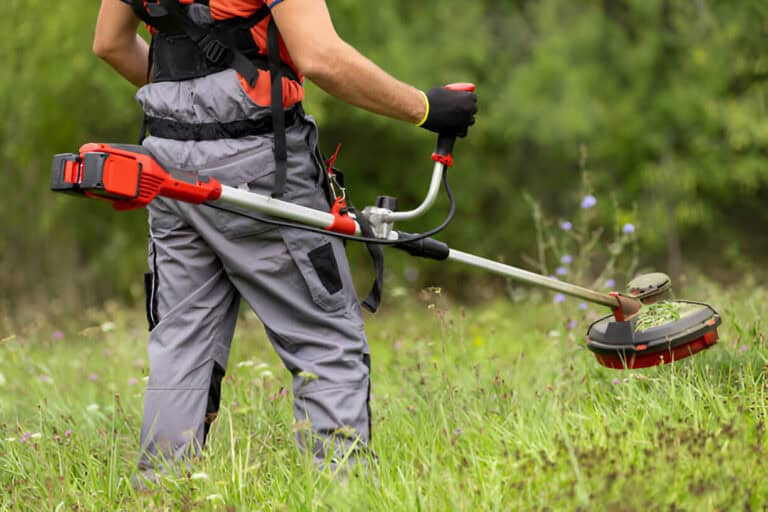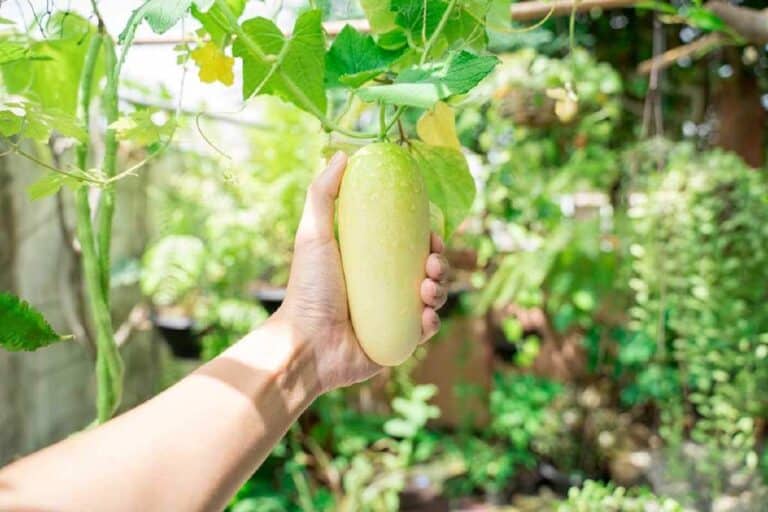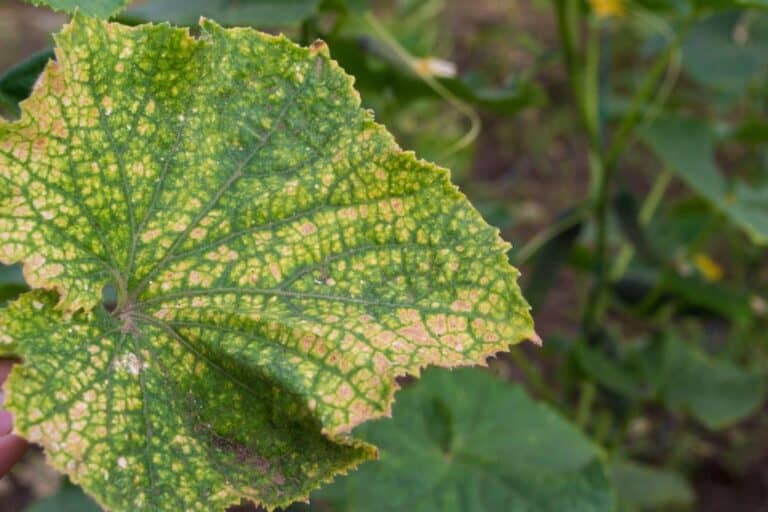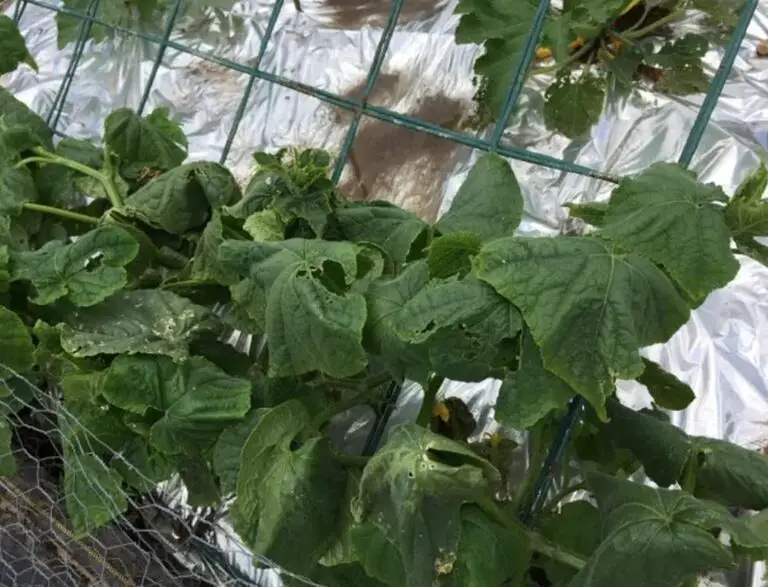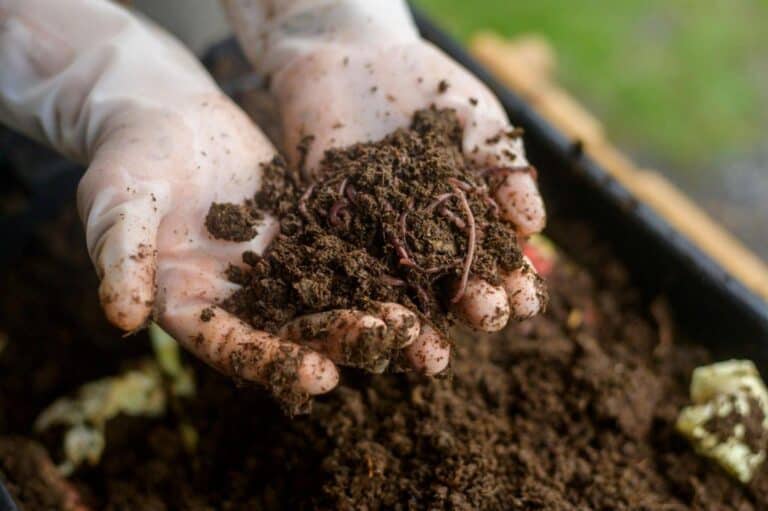Why Did My Pumpkin Mold and Rot So Fast After Carving?
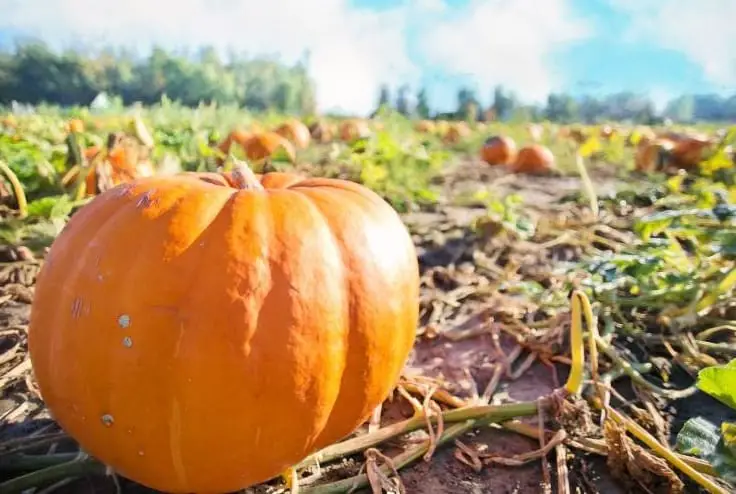
Carving pumpkins is a great fall tradition. It brings joy to households as they get ready for Halloween. However, making a spooky or whimsical jack-o’-lantern can be exciting. But, it can quickly turn to disappointment when your carefully carved pumpkin starts to mold and rot within days.
Many people find themselves puzzled, wondering why their pumpkins seem to have such a short lifespan once they are carved. What causes a pumpkin to mold so fast, and is there anything you can do to slow down the process?
Knowing the factors behind quick pumpkin decay can help you keep your pumpkin looking festive. This article will give you valuable insights. It has practical tips for preventing your pumpkin from molding too soon. This will ensure that your Halloween decorations stay fresh and vibrant all season.
Understanding the Nature of Pumpkins
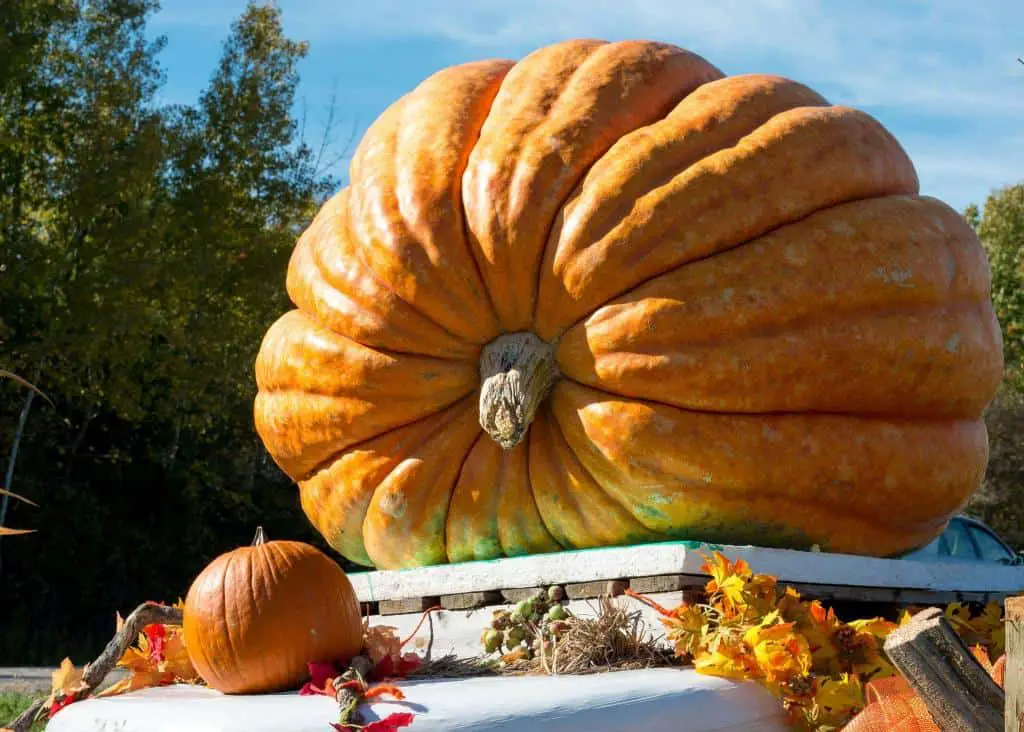
Pumpkins, like all fruits, have a limited lifespan. Once they are cut open, the clock starts ticking faster toward their inevitable decomposition. Several factors contribute to the rapid deterioration of carved pumpkins, including exposure to air, moisture, and microbial activity.
Exposure to Air and Moisture
When you carve a pumpkin, you expose its inner flesh to the air. This exposure causes the pumpkin to lose moisture quickly, leading to shriveling and decay. Additionally, the inner flesh of the pumpkin is a prime breeding ground for mold and bacteria, which thrive in a moist environment.
Microbial Activity
Microorganisms, including mold and bacteria, play a significant role in the decomposition process. These microbes are naturally present in the environment and begin to break down the pumpkin’s tissues once it’s carved. The warm, wet conditions in a pumpkin are ideal for these microorganisms. They multiply rapidly and speed up the rotting process.
Common Causes of Rapid Pumpkin Decay
Several factors can cause a carved pumpkin to mold and rot more quickly than expected. Understanding these causes can help you take preventive measures to extend the life of your carved masterpiece.
1. Poor Pumpkin Quality
Starting with a healthy, high-quality pumpkin is crucial. If a pumpkin has soft spots, bruises, or cuts before carving, it will decay faster. Always choose a pumpkin that is firm, with a sturdy stem and no visible damage.
2. Inadequate Cleaning
Failing to clean the pumpkin thoroughly after carving can leave behind organic matter. This matter attracts mold and bacteria. It’s essential to remove all seeds and pulp from the inside of the pumpkin to minimize the risk of microbial growth.
3. Environmental Conditions
Pumpkins are sensitive to their environment. Warm temperatures and high humidity can speed up the decay process. If your carved pumpkin is exposed to direct sunlight or rain, it will rot faster. Placing your pumpkin in a cool, dry location can help prolong its freshness.
4. Lack of Preservation Techniques
Without proper preservation methods, a carved pumpkin is likely to deteriorate quickly. Simple techniques can significantly extend the lifespan of your jack-o’-lantern.
How Quickly Do Pumpkins Rot After Carving?
How quickly do pumpkins rot after carving? Pumpkins generally rot quickly after carving, typically lasting anywhere from three to five days before they start to soften and get moldy. However, this duration can be extended to up to two weeks if the climate is colder.
Carving exposes the pumpkin’s inner flesh to air and moisture, accelerating the decay process. The warm temperatures and humidity of early fall can further hasten this deterioration. Once a pumpkin is carved, the clock starts ticking, with mold and dehydration becoming visible signs of its decline.
Despite this, there are ways to prolong the life of your carved pumpkin. Keeping it in a cool, dry place, away from direct sunlight, can help. Additionally, some people use solutions like bleach or vinegar to slow down mold growth. These methods can provide a few extra days of enjoyment from your festive decorations.
| Read: How Much Soil Depth and Space Do Pumpkins Need to Grow? |
Effective Preservation Methods to Make Pumpkin Last Longer
To keep your carved pumpkin looking fresh for as long as possible, consider these preservation techniques:
Thorough Cleaning
After carving your pumpkin, clean the interior thoroughly to remove all seeds and pulp. Rinse the inside with water and use a spoon to scrape away any remaining stringy bits.
Soaking in Bleach Solution
A bleach solution can help kill mold and bacteria. Mix one tablespoon of bleach with one gallon of water and soak the carved pumpkin for 20 minutes. This solution will sanitize the pumpkin’s surface and slow down the growth of microbes.
Applying Petroleum Jelly
After the pumpkin is dry, apply a thin layer of petroleum jelly to the carved edges and inside surfaces. This creates a barrier that helps retain moisture and prevents the pumpkin from drying out too quickly.
Using a Pumpkin Preservative Spray
You can buy commercial pumpkin preservative sprays. They can keep your carved pumpkin fresh. These sprays contain fungicides and other chemicals that inhibit mold growth.
Keeping the Pumpkin Cool
As mentioned earlier, environmental conditions play a significant role in the decay process. Keep your carved pumpkin in a cool, dry place, away from direct sunlight and heat sources. If the weather is warm, consider bringing the pumpkin indoors during the day and displaying it outside only at night.
Rehydrating the Pumpkin
If your pumpkin starts to shrivel, you can rehydrate it by soaking it in cold water for a few hours. This will help plump up the flesh and restore its appearance. Be sure to dry the pumpkin thoroughly after soaking to prevent mold growth.
Troubleshooting Common Issues
Even with the best preservation techniques, sometimes pumpkins can still succumb to mold and rot. Here are some common issues and how to address them:
Issue: Mold Spots
Solution: If you notice mold spots forming on your pumpkin, remove them with a cotton swab dipped in bleach solution. Reapply petroleum jelly to the affected areas to create a moisture barrier.
Issue: Shriveling
Solution: As mentioned earlier, soak the pumpkin in cold water to rehydrate it. This can help restore its plumpness and prolong its life.
Issue: Rapid Decay Despite Preservation
Solution: If your pumpkin is decaying rapidly despite your efforts, it may be due to poor initial pumpkin quality. Choose a healthier pumpkin next time, and consider carving it closer to the date you want it displayed.
Table: Quick Tips for Prolonging Pumpkin Freshness
| Preservation Technique | Description |
| Thorough Cleaning | Remove all seeds and pulp to reduce microbial growth. |
| Bleach Solution Soak | Soak in a bleach solution to kill mold and bacteria. |
| Petroleum Jelly Application | Apply to carved edges and inside surfaces to retain moisture. |
| Pumpkin Preservative Spray | Use commercial sprays to inhibit mold growth. |
| Keeping Pumpkin Cool | Store in a cool, dry place away from direct sunlight and heat sources. |
| Rehydrating the Pumpkin | Soak in cold water to restore plumpness and appearance. |
Conclusion
Carving pumpkins is a cherished tradition that brings joy and creativity to the Halloween season. However, the excitement can quickly turn to frustration when your pumpkin molds and rots too fast. By understanding the factors that contribute to rapid decay and implementing effective preservation techniques, you can extend the life of your carved pumpkin and enjoy its festive pumpkin charm for a longer period of time.
Remember to start with a healthy pumpkin. Clean it well. Use methods like bleach and petroleum jelly to preserve it. Keep it in a cool place. With these tips, your jack-o’-lantern can stay fresh and vibrant throughout the Halloween season.

